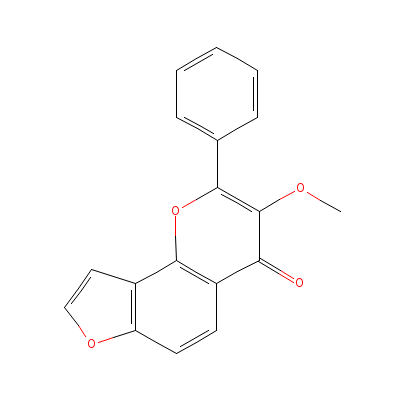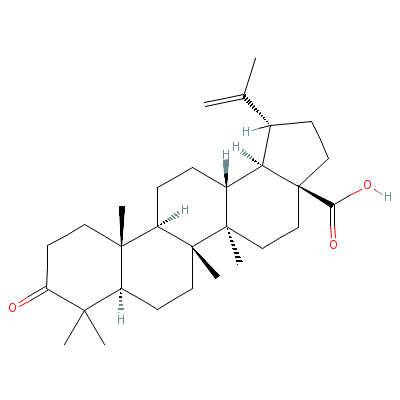Pongamia pinnata (L.) Pierre |
| |
|
|
Botanical Name |
: |
Pongamia pinnata (L.) Pierre |
English
Name |
: |
Indian Beach |
Synonym(s) |
: |
Galedupa indica Lam., Pongamia glabra Vent., Derris indica (LAM.) BENNET |
Family |
: |
Fabaceae |
| |
General Info
| Description |
 |
|
A medium-sized, semi-evergreen up to 18 m tall with a short bole and spreading crown; bark greyish green or brown, smooth or covered with tubercles. Leaves alternate, imparipinnate, 5 to 9 foliate, dark green, shining; leaflets opposite, ovate to elliptic, shortly acuminate, glabrous, to 15 cm long and 8 cm broad. Flowers small, lilac or white tinged with pink or violet, fragrant, borne in fascicles of 2 to 4 flowers in axillary racemes to 15 cm long; calyx campanulate, truncate; corolla much exserted, standard suborbicular with curved folds above the claw, wings obliquely oblong, Fruit (pod) compressed, woody, glabrous, indehiscent, yellowish-grey when mature, varying in size and shape, elliptic to obliquely oblong, to 7.5 cm long and 3.5 cm wide, with a curved beak, usually 1 seeded; seed elliptical or kidney-shaped, to 2 cm long and 1.8 cm wide, wrinkled, reddish-brown. |
| Herb Effects |
 |
|
Carminative (leaf), antifungal and antibacterial (essential leaf oil), kills roaches (seed oil), insects (seed and leaf) and nematodes (leaf). |
Chemistry
| Active Ingredients |
 |
|
Pongapin and pongamol (seed and its oil), glabrachromenes I and II (leaf), karanjin and kanjone (leaf, seed and its oil); betulinic acid (stem bark) |
| Chemistry
of Active Ingredients |
 |
|
|
 |
Name |
CAS# |
IUPAC Name |
Formula |
Structure |
 |
|
| Pongapin |
481-99-2 |
Not Available |
C19H12O6 |

|
| Pongamol |
484-33-3 |
1-benzofuran-5-yl-3-
phenyl-propane-1,3-d
ione |
C17H12O3 |

|
| Karanjin |
521-88-0 |
Not Available |
C18H12O4 |

|
| Betulinic acid |
4481-62-3 |
Not Available |
C30H46O3 |

|
|
Pharmacology
| Medicinal Use |
 |
|
As a tonic (seed) and in hemorrhoids (stem bark); chronic fevers, rheumatism, lumbago, herpes, scabies, leucoderma and other skin diseases, flatulence, dyspepsia, diarrhoea, cough, leprosy and gonorrhoea (plant); on the head to heal ulcers and cure dandruff (leaf paste); used for cleaning sores, as well as for cleaning teeth and strengthening gums (root juice). |
| Reference |
 |
|
 Chandel et al., Biodiversity in Medicinal and Aromatic Plants in India. Chandel et al., Biodiversity in Medicinal and Aromatic Plants in India.
|
Dealers
Products
|
|